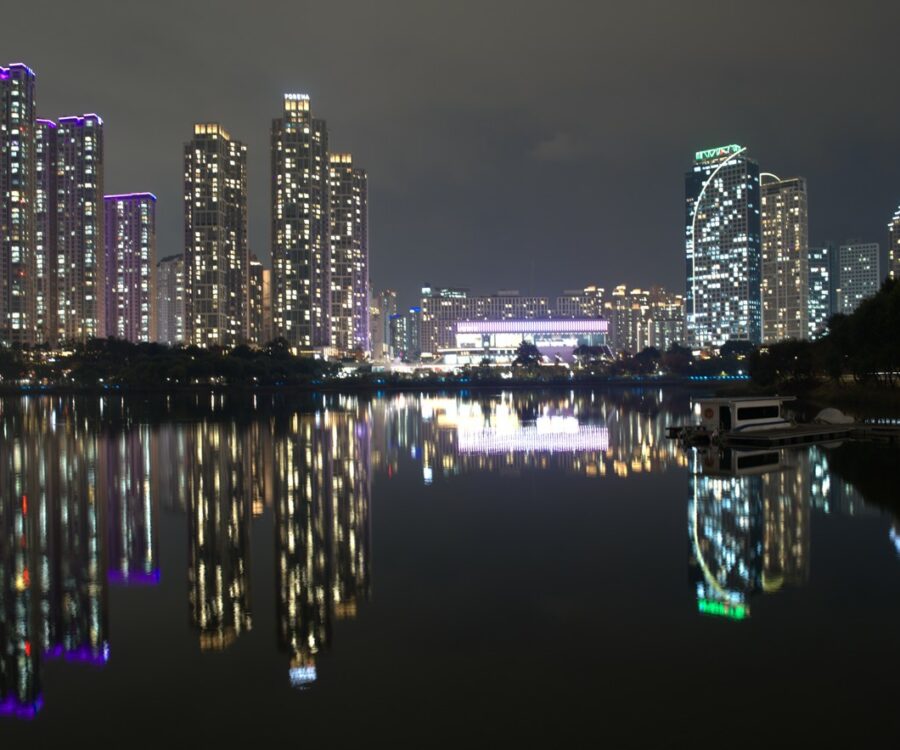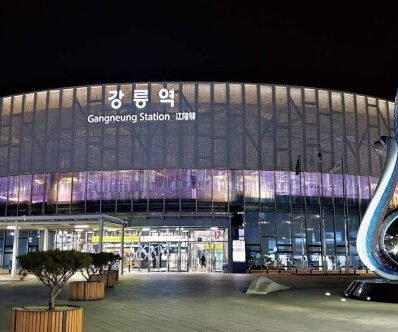Following our exploration of Seoul’s must visit food streets, it’s time to venture beyond the capital to discover more culinary gems scattered across South Korea.
While some cities are well-known travel destinations, their unique food streets often remain hidden gems to international visitors. For those who are keen to immerse themselves in local flavors, these food streets offer an authentic taste of Korean culture and cuisine. Whether you’re a seasoned foodie or a curious traveler, these destinations promise an unforgettable gastronomic adventure.
1. Chodang Sundubu Village in Gangneung (강릉 초당 순두부마을)
Gangneung, located on the east coast of South Korea, has rapidly become one of the hottest travel destinations for both Koreans and international tourists.
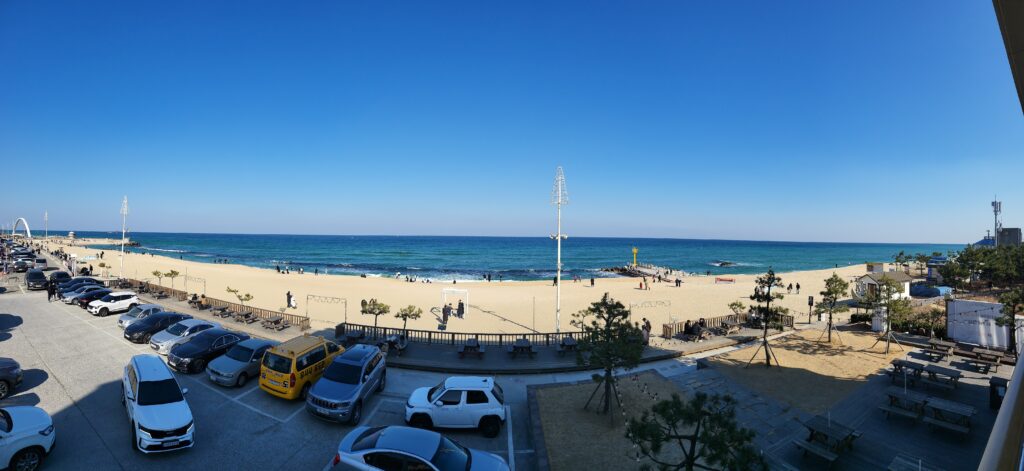
Known for its stunning beaches and rich cultural heritage, Gangneung also boasts the renowned Chodang Sundubu Village. This village is famed for its sundubu (soft tofu), which is made using traditional methods passed down through generations.
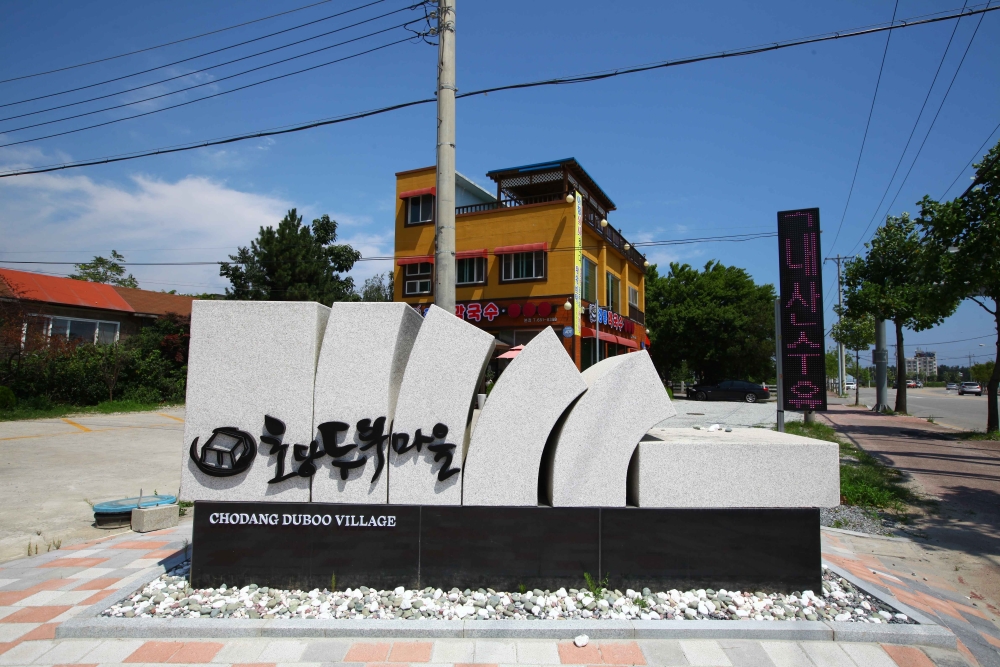
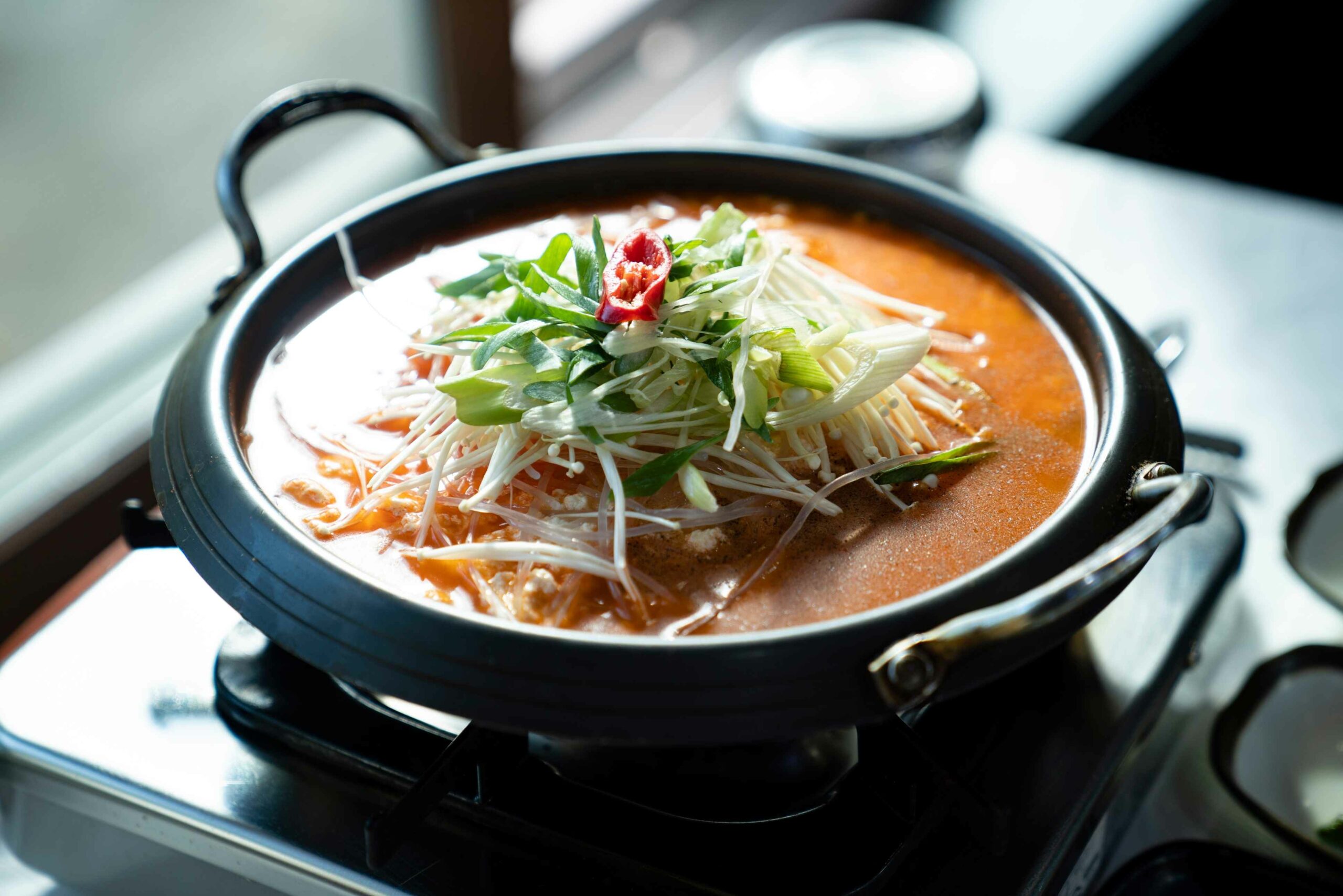
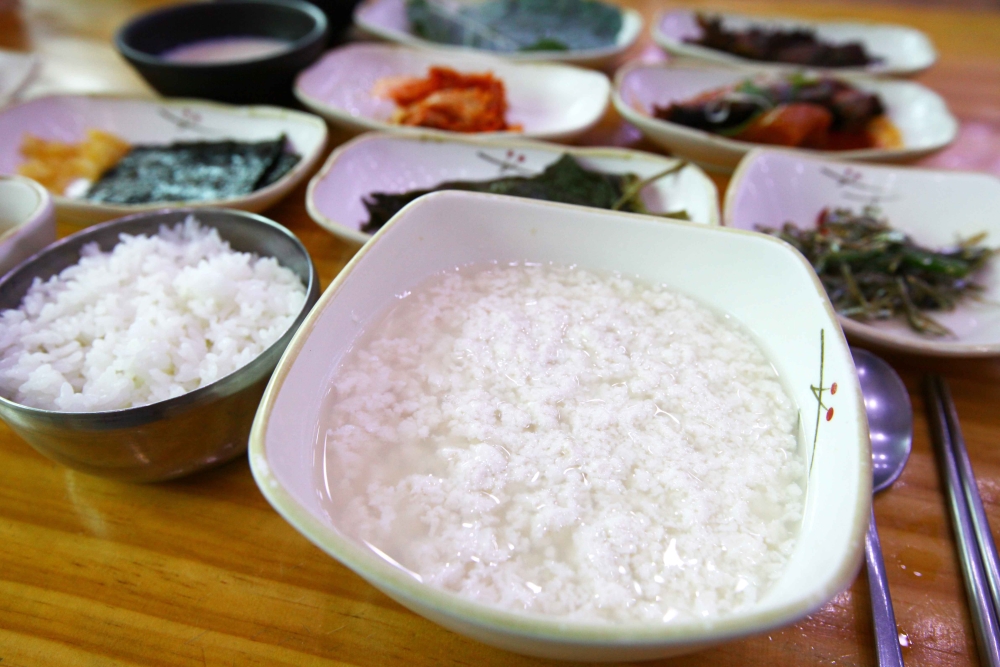
Chodang Sundubu Village offers a variety of tofu-based dishes that can satisfy different palates, including vegans. The tofu here is exceptionally creamy and delicate, either served as a traditional savory broth or as modernized spicy taste. The village’s serene setting, surrounded by beautiful pine trees, makes it a perfect spot for food lovers to experience Korean tofu at its best.
2. Chicken Street in Suwon (수원 통닭거리)
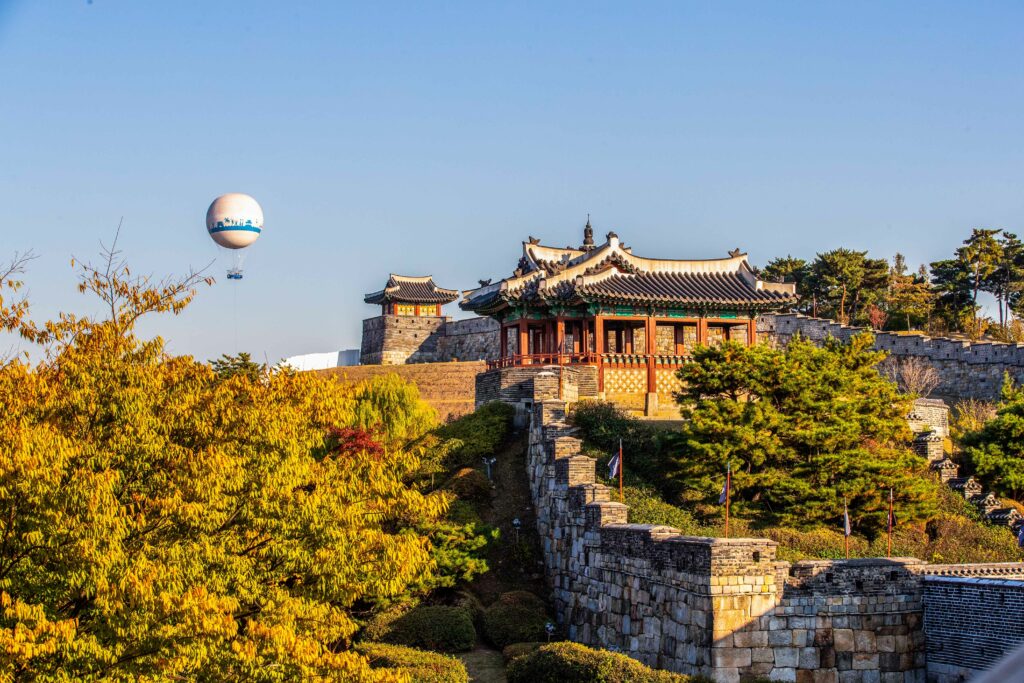
Suwon, a city just south of Seoul, is famous for its historical Suwon Hwaseong Fortress. However, another attraction that has captivated both locals and visitors is Suwon’s Chicken Street.
This lively street is dedicated to all things fried chicken, offering some of the best fried chicken in the region. Suwon Chicken Street has been serving delicious fried chicken for decades, making it a beloved spot for the metropolitan area.

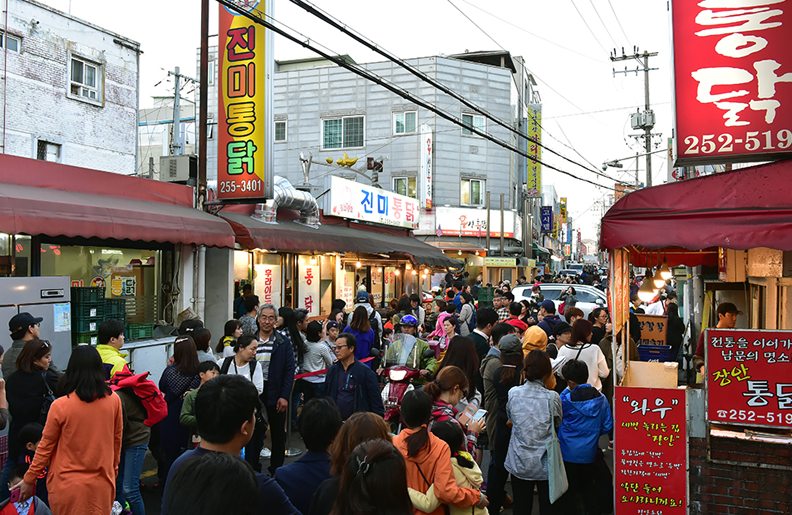
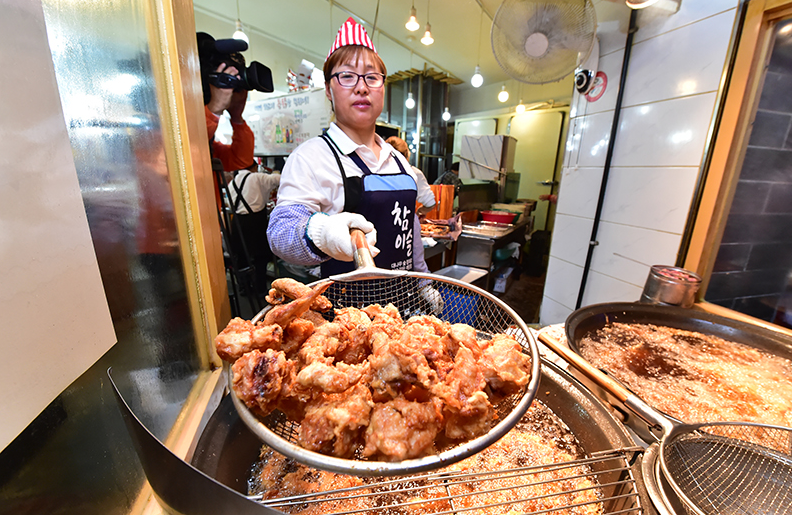
The street becomes especially vibrant in the evenings, with numerous restaurants serving chimaek (chicken and beer), a Korean’s favorite combination. The street gained even more fame following the mega-hit Korean movie “Extreme Job,” which showcased Suwon’s new iconic fried chicken taste called ‘Galbi (beef rib) Chicken’. From classic fried chicken to spicy and sweet variations, there’s something to satisfy every taste.
3. Gamaek Street in Jeonju (전주 가맥길)
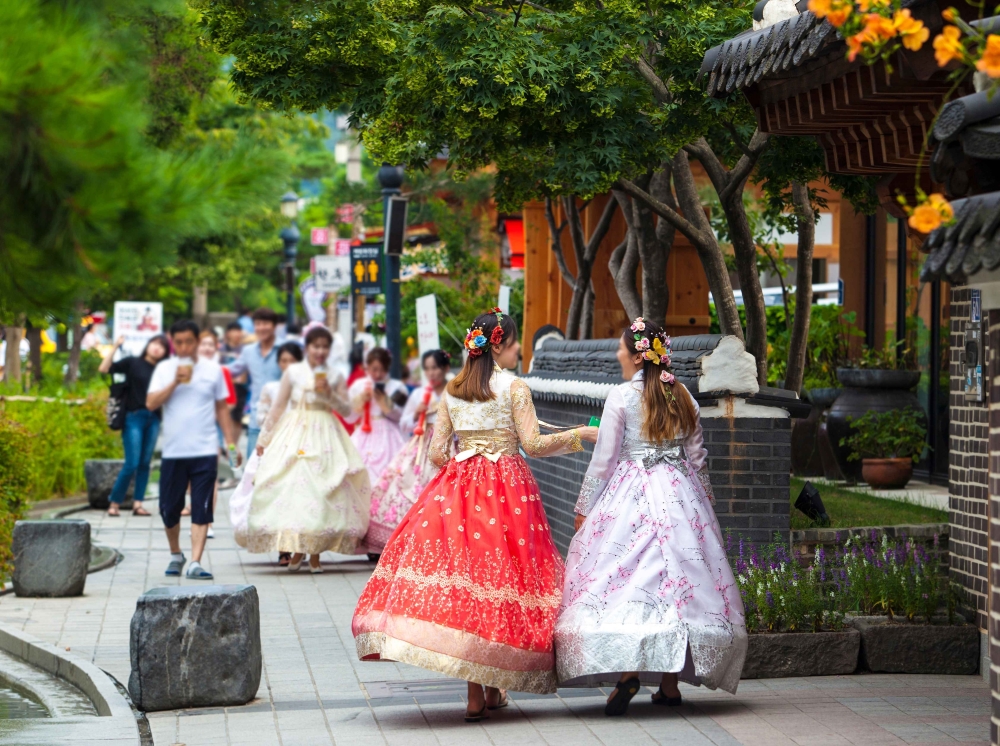
Jeonju is widely celebrated for its Hanok Village and rich culinary traditions, including its iconic bibimbap. Just beside the Hanok Village lies Gamaek Street, a popular spot among young locals.
“Gamaek” is a combination of “gage” (store) and “maekju” (beer), referring to the practice of buying beer from small convenience stores or eateries and enjoying it with freshly prepared snacks.
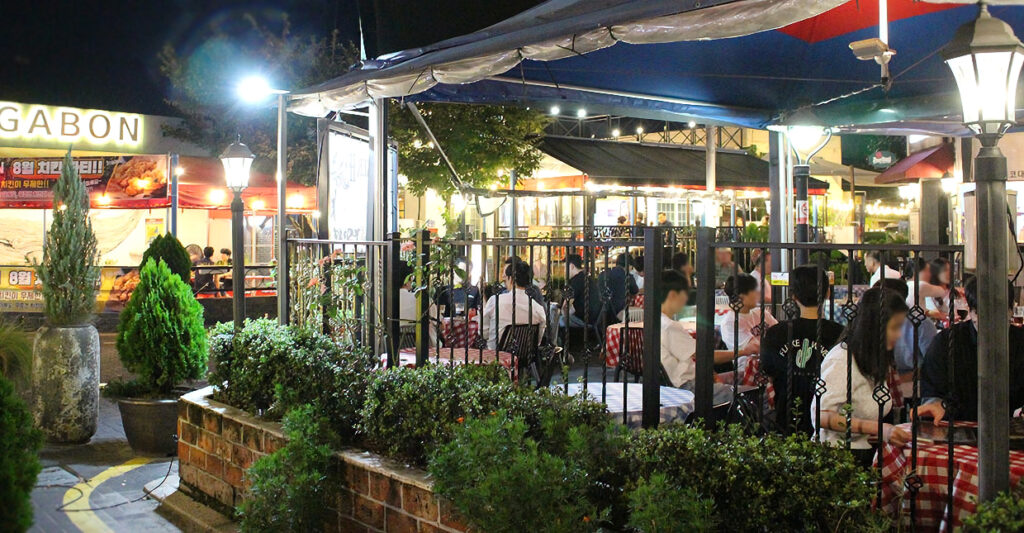
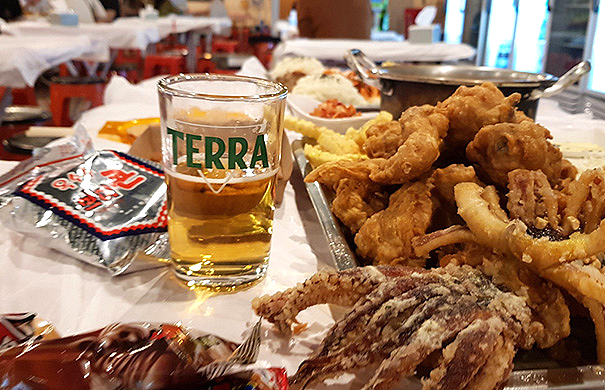
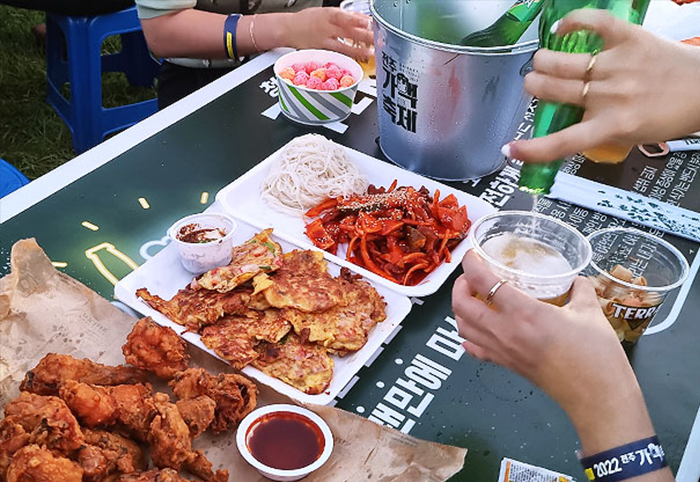
Gamaek Street is dotted with these unique stores, where you can try a range of snacks like dried squid, fried chicken, and other local specialties while enjoying an icy-cold beer. The street offers the lively and friendly atmosphere of Jeonju.
4. Yesan Market Plaza in Yesan (예산시장)
Yesan, a small city in South Chungcheong Province, has gained new life thanks to the efforts of South Korea’s renowned gourmet entrepreneur, Paik Jong-won. Paik has revitalized the traditional Yesan Market, transforming it into a bustling food street that blends the old with the new. The market now features a variety of food stalls and eateries offering both traditional Korean dishes and innovative modern twists.

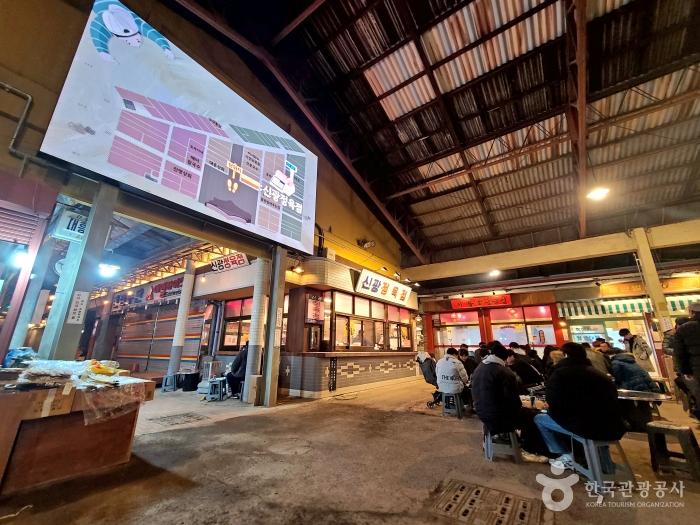
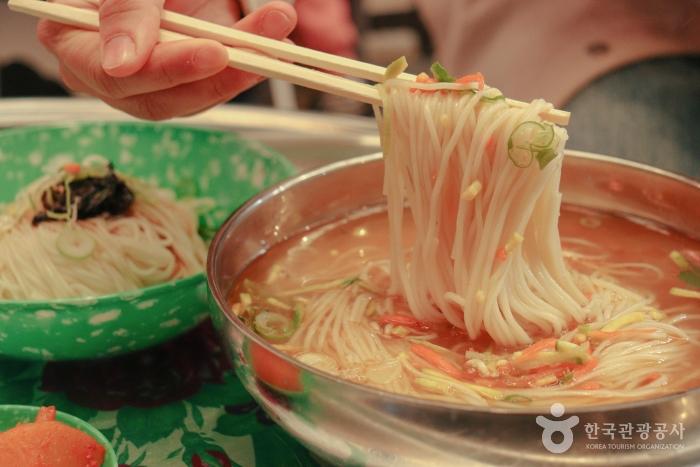
Some of the most famous shops include those serving such as Korean barbeque, various noodles, fried chickens, and more. Paik’s project has not only attracted food lovers from across the country but has also played a significant role in revitalizing the local economy, making Yesan Market Plaza a must-visit not only for food enthusiasts, but also for those who are seeking trendy local destinations in Korea.
5. Dwitgogi Street in Gimhae (김해 뒷고기거리)
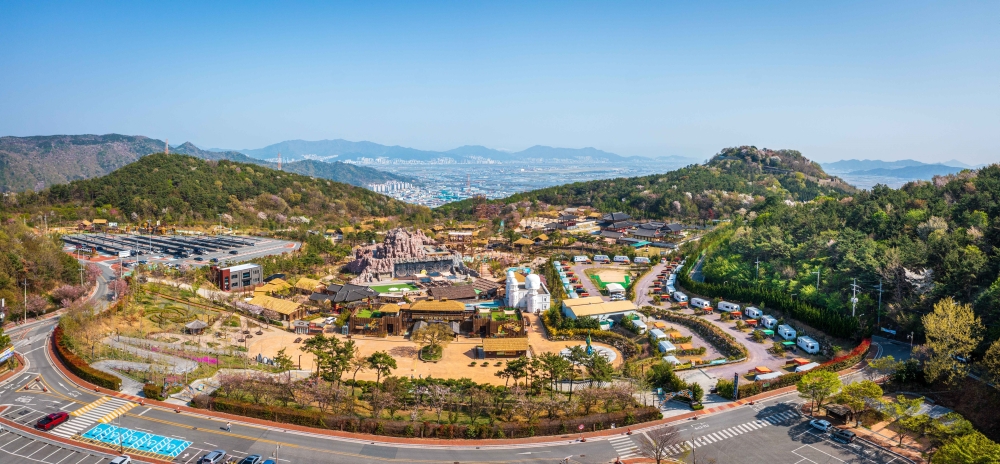
Gimhae, knwon for Gimhae International Airport, which is connecting to Busan, is becoming a popular travel destination in South Korea. One of its unique foods is ‘dwitgogi,’ which translates to “meat in the back”, or “leftover meat.” This refers to various cuts of pork meat and offal.

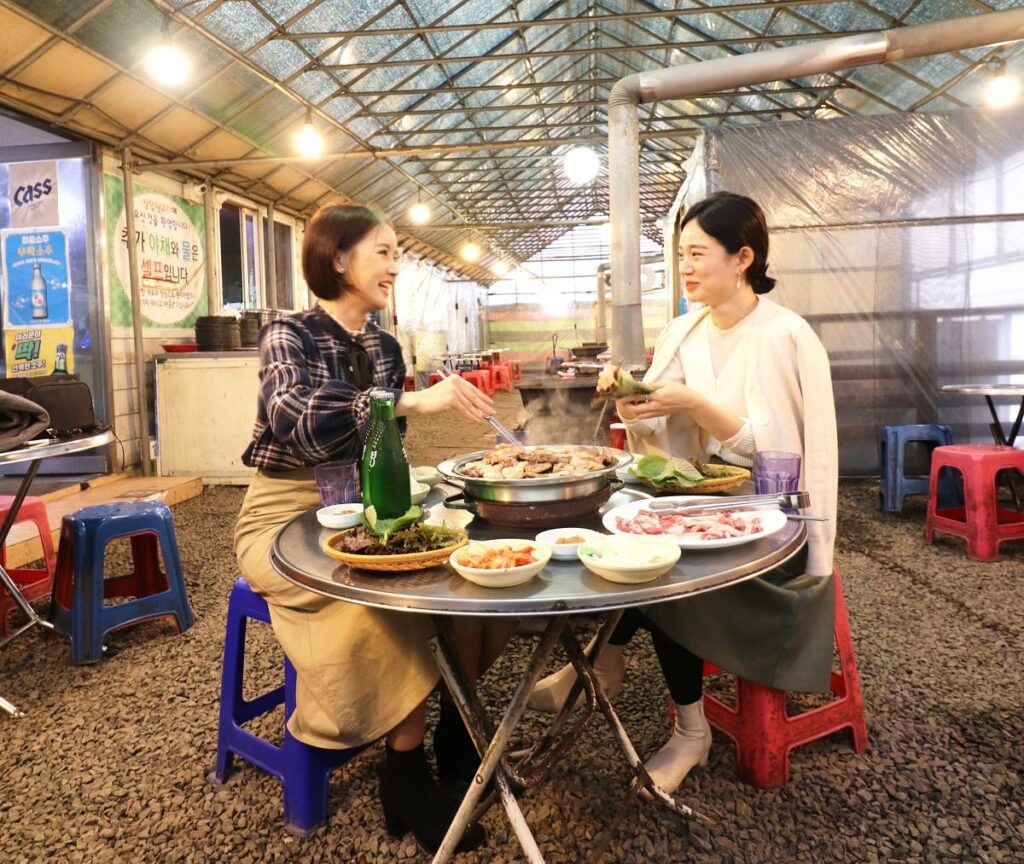
The story of the leftover pork dates back to the 1980s when Gimhae was one of biggest pork distributing cities in South Korea. The butchery people left the meat parts which are less popular but delicious, and this secret taste had spread throughout the country.
Today, Dwitgogi Street offers a variety of grilled pork dishes. A plate of the meats looks all different in shapes, and tastes also exclusive from what you can experience with usual Korean barbeque.


